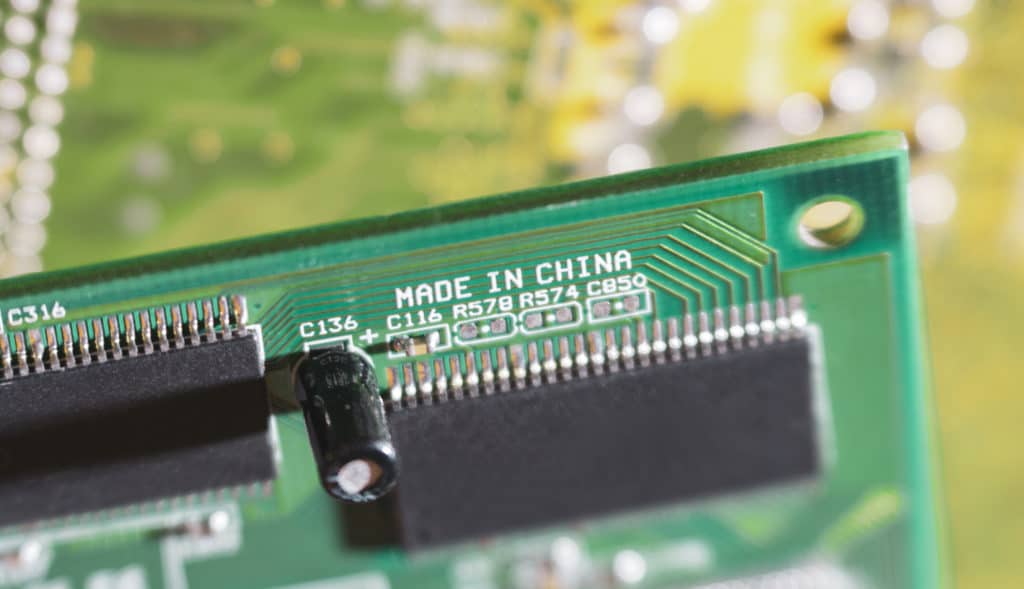
Guest Column: By Paul R. Michel
Chinese President Xi Jinping’s rhetoric describing the strategic technological competition between the United States and China is growing increasingly strident. It’s now the “main battleground,” he says.
While China takes innovation seriously, the United States risks sleepwalking into stagnation and falling behind its chief global rival — unless policymakers rise to the challenge, starting now.
In the arenas that matter most China has explicitly pledged to overtake the U.S. with its “Made in China 2025” plan. The scary part? They’re ahead of schedule.
Take semiconductors, for instance. The U.S. share of world chip manufacturing is down to 12%. By 2030, China aims to control the vast majority of chip manufacturing, and they’re putting up $150 billion to that end.
Or consider artificial intelligence. China holds an astonishing two-and-a-half times as many patents as the United States in deep learning — algorithms that mine essential insights from massive stores of data.
Nor is China particularly interested in playing by the rules. According to a top-level national security official, the FBI has more than a thousand Chinese IP theft cases open. The government estimates that IP theft by China costs the United States nearly $500 billion a year.
To be clear: The United States does not need to pursue an industrial policy matching China’s top-down, state-centered approach. While we need to reverse the decline in government funding for basic research, even more important is a renewed commitment to the system that catapulted the United States to the forefront of global innovation — private sector investments in research and development, backed up by a strong intellectual property regime.
Instead, U.S. policy seems to be drifting in the other direction. The Biden administration, for example, has come out in favor of a proposal to waive international commitments to protect IP related to COVID-19 vaccines, therapeutics, and other technologies. If the proposal goes through, it will smother American innovation in the life sciences. Investors will flee the industry out of concern that come the next emergency, the government will strip them of the intellectual property their R&D funding created.
The United States’ decline is hardly inevitable. Intel recently backtracked on a large chip foundry in Chengdu, preferring to ramp up semiconductor production here in the States. There’s a growing chorus of bipartisan support for laws that would strengthen U.S. competitiveness. And Senators Chris Coons (D-Del.) and Thom Tillis (R-N.C.) have been leading the effort to build bipartisan support for stronger IP protection, especially in response to China’s challenge.
Unless the United States moves quickly to reaffirm bedrock commitments to intellectual property protections, private investors will be reluctant to join the risky fight for new technological breakthroughs. They will opt instead for safer investments in incremental improvements of existing technology. That’s a focus that will leave the United States high and dry in the definitive Great Power competition of the 21st century.
Paul R. Michel served on the United States Court of Appeals for the Federal Circuit for 22 years, and as its chief judge from 2004 until his retirement in 2010. This article was first published in the Washington Times.





